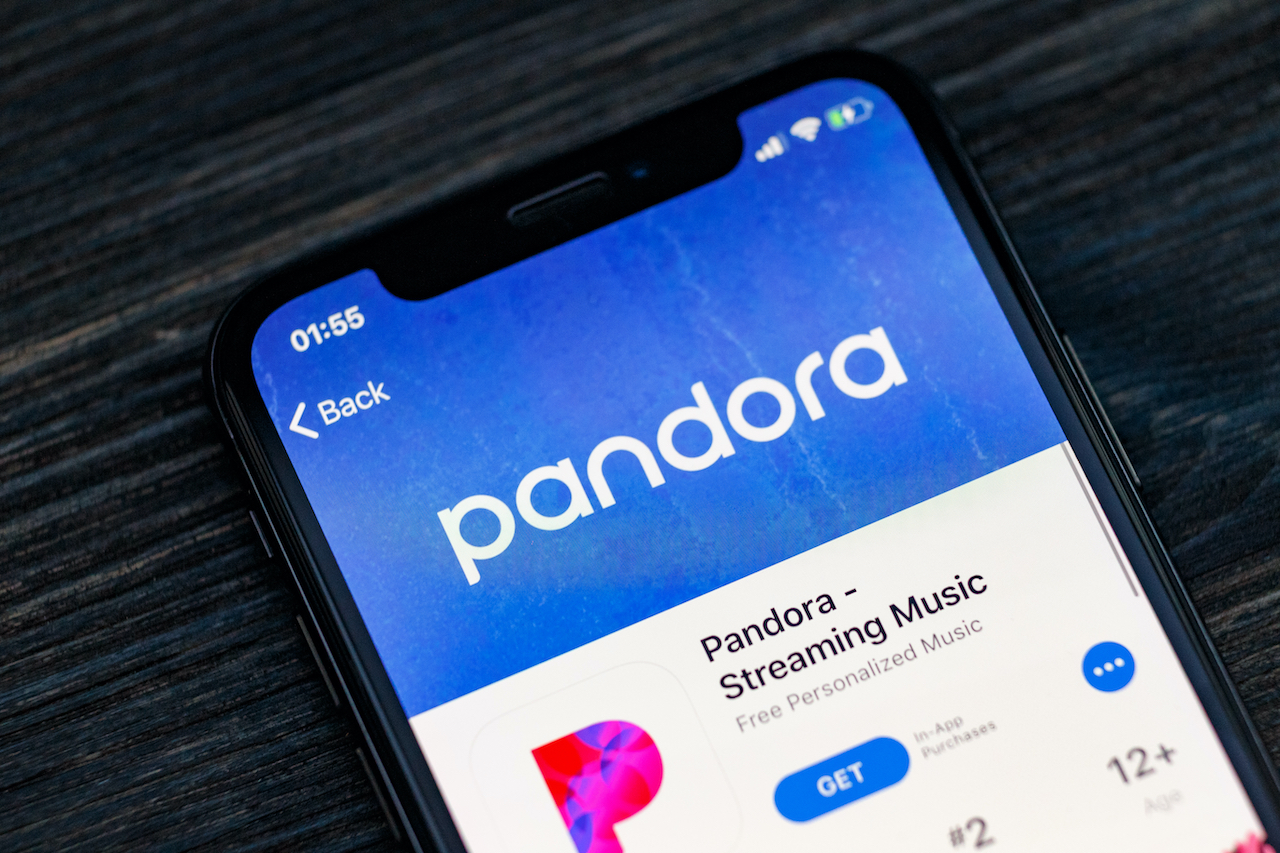When given the choice, consumers may want to actually talk to your brand, rather than simply see them or hear from them.
A new research study with MFour Mobile Research, Instreamatic, Pandora, TuneIn, and Mindshare USA shows the strength of voice-enabled advertising to reach consumers.
In the study, voice-enabled ads, both short-form and long-form, scored higher with participants across metrics such as consumer persuasion and brand recall versus other ad formats including display banner ads, video ads, and audio ads with banners. The results support other scientific research that two-way dialogues are more memorable than single stimuli. [1]
When looking at the perceptions around short-form voice ads versus long-form ones, both were rated by consumers as the most “helpful” and “exciting” against the other ad formats measured. That said, long-form voice ads were more likely to be described as “interesting” (65%) and “helpful” (52%) versus short-form ones—a metric that points back to the well-known opportunities in longer form storytelling.
“With voice-enabled advertising, brands have the opportunity to create a two-way dialogue with their audiences,” says Stas Tushinskiy, Instreamatic’s CEO. “There’s real power in being able to engage your consumers that way.”
The study leveraged Instreamatic’s voice AI technology, testing an advertiser’s ads across the voice and audio space with audio leaders such as Pandora and TuneIn, and was conducted in partnership with MFour Mobile Research.
“With every changing medium and evolving piece of technology, we always start by asking how this can help brands bring their purpose to life and bring their audiences value,” says Art Zambianchi, Executive Director at Mindshare USA. “The research shows that there’s opportunity here for marketers to engage their consumers in a different way, and create provocative work in this medium.”
Some of the other notable insights from the research include the following:
- Long-form voice ads drove better brand recall for women versus men (87% versus 70%).
- So did short-form voice ads—but with less of an extreme difference (83% versus 72%).
- That said, men were more likely than women to rank long-form voice ads as more helpful (58% vs. 48%), as they were with short-form voice ads also (51% versus 41%).
- While people ages 18-34 had better brand recall from voice-enabled ads versus the other ad types, there was also a lot of success with people ages 35 and up—who actually found the voice-enabled ads even more persuasive than the younger group.
Methodology:
The research was fielded in October 2019, via consumer panel Surveys On The Go®, by MFour. Over 1,000 people were surveyed, ranging from ages 13 all the way to 65+. Survey panelists were placed into different test groups and compared and contrasted a number of different ad formats, including the Instreamatic voice-enabled ads, and provided their feedback on the ad experience.



